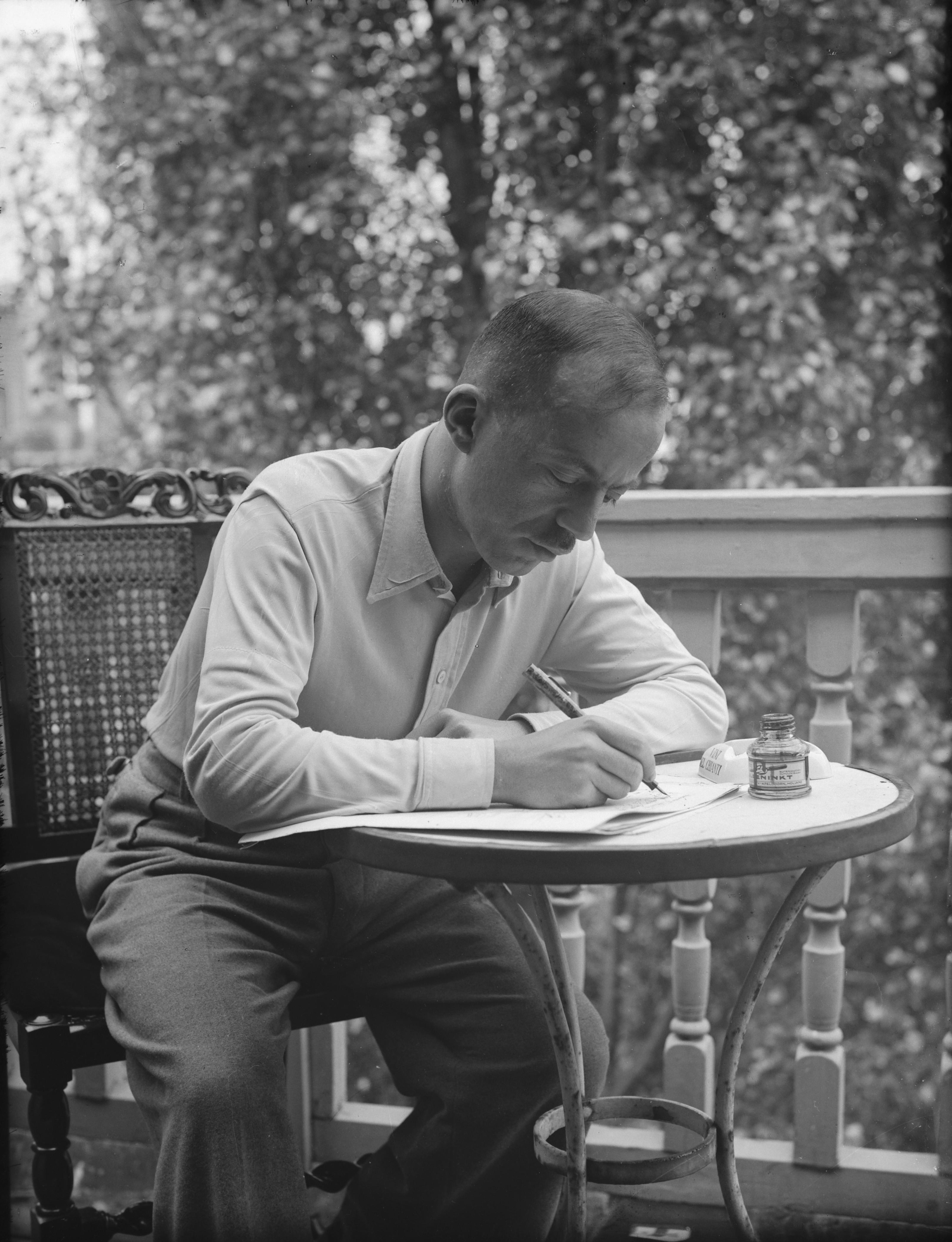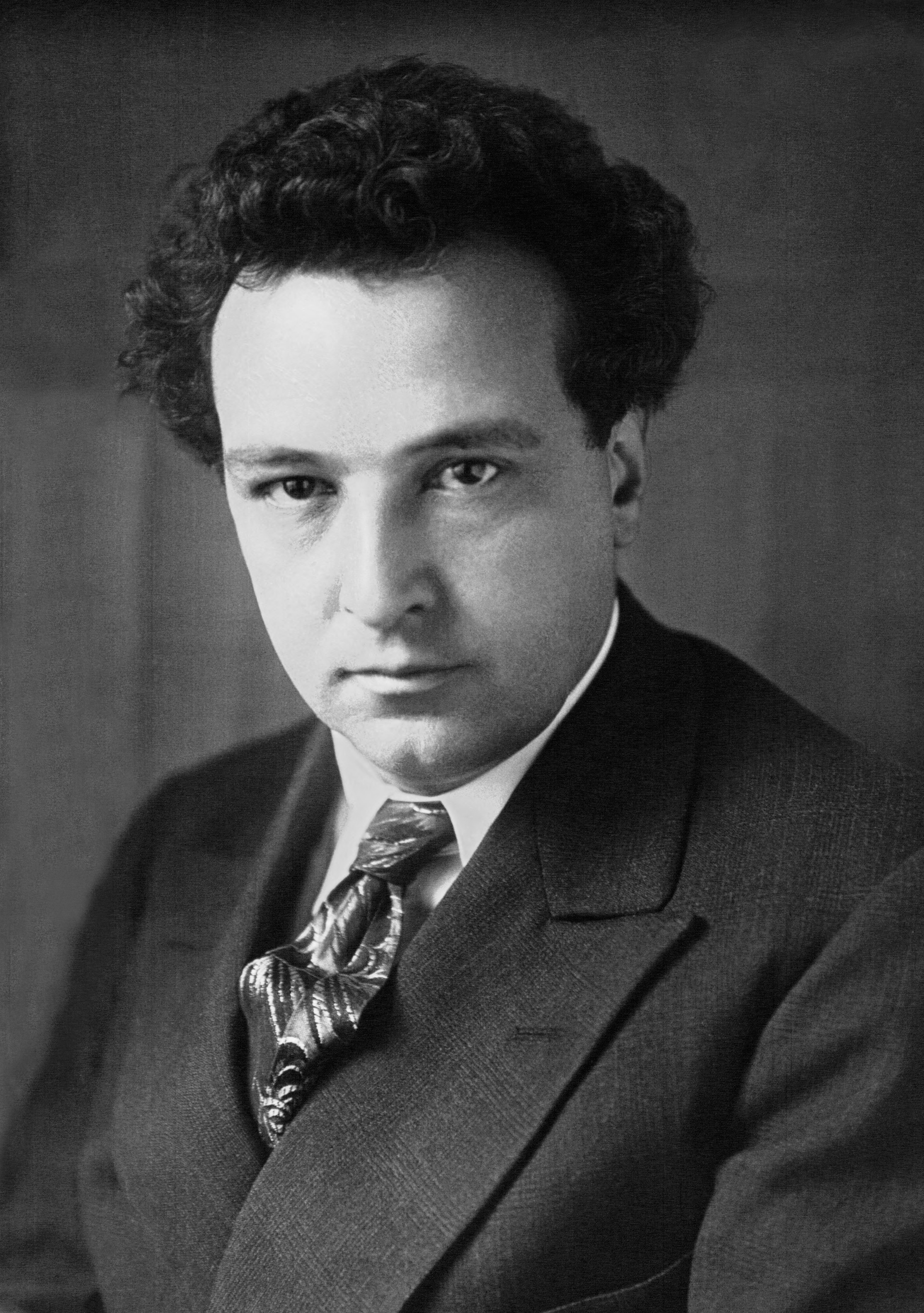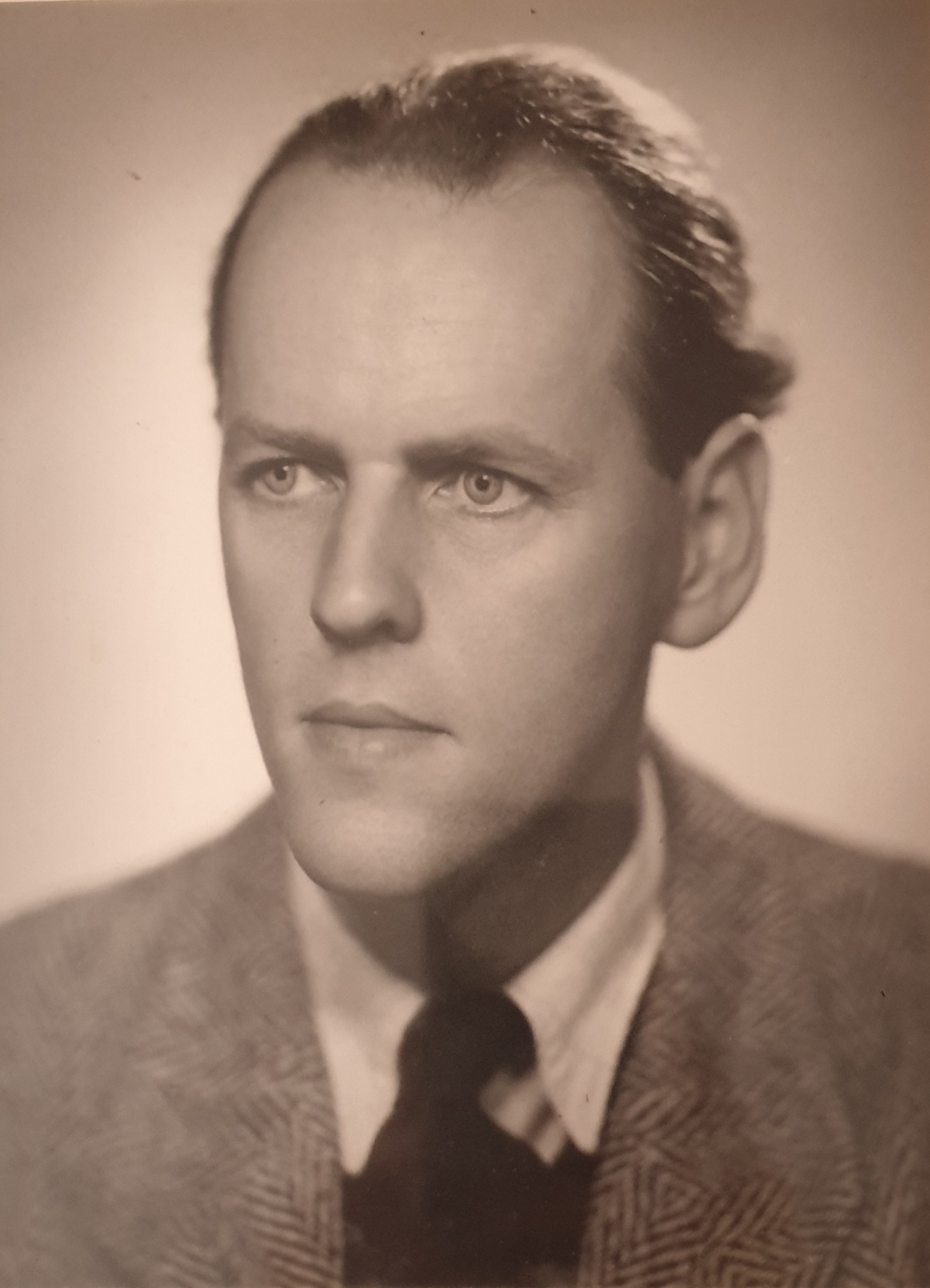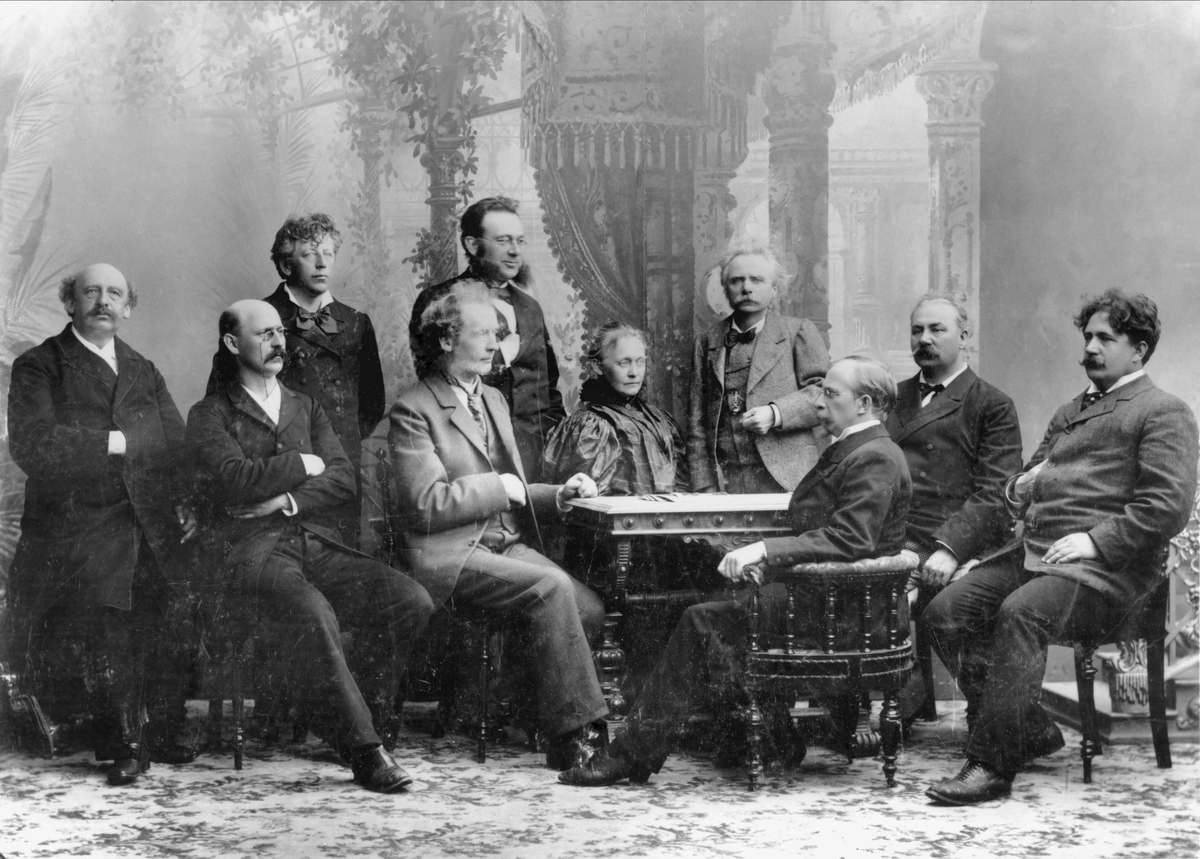|
List Of Compositions For Two Violins
This is a list of classical repertoire for two violins – either unaccompanied, with orchestra, or with piano. Two solo violins * Kalevi Aho: Lamento (2001) * Gilbert Amy: 6 Duos (2002) * Julian Anderson: Ring Dance (1987) * Christian Asplund: **''Choreutics'' **''One Eternal Round'' **''Neuf Regards'' **''Hope #4'' * Milton Babbitt: ''Arrivals and Departures'' (1994) * Béla Bartók: 44 Duos, Sz. 98, BB 104 (1931) * Luciano Berio: Duetti (1983) * Charles Auguste de Bériot: **''3 Grandi Studi'', Op. 43 (1843) **''3 Duos concertants'', Op. 57 (1847) **''12 Petits duos faciles'', Op. 87 (1853) **''6 Duos caractéristiques'', Op. 113 (1863) * Luigi Boccherini: 6 Duos, Op. 3 (1761) * Gavin Bryars: Die letzten Tage (1992) * Howard J. Buss: ''Time Capsule'' (2002) * Unsuk Chin: ''Gran Cadenza'' (2018) * Peter Maxwell Davies: ''A Little Thank You to Dave'' (2005) * Edison Denisov: Sonata (1958) * Franco Donatoni: Duet No. 2 (1995) * Josef Bohuslav Foerster: ''Little Suite'', Op ... [...More Info...] [...Related Items...] OR: [Wikipedia] [Google] [Baidu] |
Kalevi Aho
Kalevi Ensio Aho (born 9 March 1949) is a Finnish composer. Early years Aho began his interest in music at the age of ten, when he discovered a mandolin in his home and began to teach himself how to play it. He soon was taken under the tutelage of Martti Loikkanen, the boy's 4th grade teacher and founder of a local youth mandolin ensemble in Forssa. After learning how to read sheet music, Aho immediately started composing. Aho progressed so fast on the instrument that Loikkanen suggested he study the violin as well, with Loikkanen giving him private lessons. Aho also began to learn violin at an incredible speed, with him later recalling, "Martti taught me at home for free until I started skipping him out of my playing skills and he suggested changing teachers." Aho's parents were quite supportive of his musical hobby, encouraging him to compose and giving him a piano at the age of 15. Career He moved from the city of Forssa to Helsinki in September 1968 to study at the Sibeli ... [...More Info...] [...Related Items...] OR: [Wikipedia] [Google] [Baidu] |
Géza Frid
Portrait painting by Vilmos Aba-Novák Géza Frid (25 January 1904 – 13 September 1989) was a Hungarian–Dutch composer and pianist. Early years Géza Frid was born in Máramarossziget in the Máramaros County of Austria-Hungary (present-day Romania) and studied piano and composition in Budapest with a.o. Zoltán Kodály and Béla Bartók. He settled in Amsterdam in 1929 and became a Dutch citizen in 1948. He died in Beverwijk and was buried at Zorgvlied cemetery. Activities Frid gave many piano recitals all over the world: Italy (1926, 1955, 1965), Indonesia (1948–1949, 1951, 1956), Siam and Egypt (1951), Israel (1962, 1965, 1967), the Soviet Union, (1963), South- and North-America (1965, 1967), Turkey (1965), The Netherlands (1967), Surinam and the Netherlands Antilles (1970), the United States (1970, 1974), Hungary (1971, 1974). During the Second World War Frid was active in the resistance. He taught chamber music at the Conservatory of Music in Utrecht. Publicatio ... [...More Info...] [...Related Items...] OR: [Wikipedia] [Google] [Baidu] |
Arthur Honegger
Arthur Honegger (; 10 March 1892 – 27 November 1955) was a Swiss composer who was born in France and lived a large part of his life in Paris. A member of Les Six, his best known work is probably '' Antigone'', composed between 1924 and 1927 to the French libretto by Jean Cocteau based on the tragedy '' Antigone'' by Sophocles. It premiered on 28 December 1927 at the Théâtre Royal de la Monnaie with sets designed by Pablo Picasso and costumes by Coco Chanel. However, his most frequently performed work is probably the orchestral work ''Pacific 231'', which was inspired by the sound of a steam locomotive. Biography Born Oscar-Arthur Honegger (the first name was never used) to Swiss parents in Le Havre, France, he initially studied harmony with Robert-Charles Martin (to whom he dedicated his first published work and violin in Le Havre. After studying for two years at the Zurich Conservatory, he enrolled in the Paris Conservatoire from 1911 to 1918, studying with both Char ... [...More Info...] [...Related Items...] OR: [Wikipedia] [Google] [Baidu] |
Vagn Holmboe
Vagn Gylding Holmboe (, 20 December 1909 – 1 September 1996) was a Danish composer and teacher. Life Vagn Holmboe was born in Horsens, Jutland, into a merchant family of dedicated amateur musicians. Both parents played the piano. His father earned his living as a maker of colours and lacquers at Horsens . The Danish journalist Knud Holmboe was his elder brother. From the age of 14 Vagn Holmboe took violin lessons. In 1926, at the age of 16, he began formal music training at the Royal Danish Academy of Music in Copenhagen on the recommendation of Carl Nielsen. He studied under Knud Jeppesen (theory) and Finn Høffding (composition). After finishing his studies in 1929 he moved to Berlin where for a short period Ernst Toch became his teacher . During his time in the German capital he met the Romanian-born pianist and visual artist Meta May Graf (1910–2003) from Sibiu/Hermannstadt. She had studied at the Musikhochschule Berlin since 1929, with Paul Hindemith as one ... [...More Info...] [...Related Items...] OR: [Wikipedia] [Google] [Baidu] |
Paul Hindemith
Paul Hindemith (; 16 November 189528 December 1963) was a German composer, music theorist, teacher, violist and conductor. He founded the Amar Quartet in 1921, touring extensively in Europe. As a composer, he became a major advocate of the ''Neue Sachlichkeit'' (new objectivity) style of music in the 1920s, with compositions such as '' Kammermusik'', including works with viola and viola d'amore as solo instruments in a neo-Bachian spirit. Other notable compositions include his song cycle '' Das Marienleben'' (1923), '' Der Schwanendreher'' for viola and orchestra (1935), the opera ''Mathis der Maler'' (1938), the '' Symphonic Metamorphosis of Themes by Carl Maria von Weber'' (1943), and the oratorio '' When Lilacs Last in the Dooryard Bloom'd'', a requiem based on Walt Whitman's poem (1946). Life and career Hindemith was born in Hanau, near Frankfurt, the eldest child of the painter and decorator Robert Hindemith from Lower Silesia and his wife Marie Hindemith, née Warne ... [...More Info...] [...Related Items...] OR: [Wikipedia] [Google] [Baidu] |
Swan Hennessy
Edward Swan Hennessy (24 November 1866 – 26 October 1929) was an Irish-American composer and pianist who lived much of his life in Paris. In his pre-War piano music, he excelled as a miniaturist in descriptive, programmatic music. After joining a group of Breton composers, he developed a reputation as a "Celtic" composer, drawing on his Irish heritage, writing in a style that was unique in a French as well as an Irish context. Even though he has been almost forgotten after 1950, his music was applauded by contemporary French music critics including Henri Collet, Louis Vuillemin, Émile Vuillermoz and Lucien Chevaillier. In some works, he used jazz elements and took inspiration from funfairs and industrial noise, anticipating trends associated with the group of "Les Six". Biography Swan Hennessy was born in Rockford, Illinois, of Irish origin and grew up in Chicago. His father, Michael David Hennessy (1837–1919), was a Cork-born former President of the Chicago City Railway ... [...More Info...] [...Related Items...] OR: [Wikipedia] [Google] [Baidu] |
Joseph Haydn
Franz Joseph Haydn ( , ; 31 March 173231 May 1809) was an Austrian composer of the Classical period. He was instrumental in the development of chamber music such as the string quartet and piano trio. His contributions to musical form have led him to be called "Father of the Symphony" and "Father of the String Quartet". Haydn spent much of his career as a court musician for the wealthy Esterházy family at their Eszterháza Castle. Until the later part of his life, this isolated him from other composers and trends in music so that he was, as he put it, "forced to become original". Yet his music circulated widely, and for much of his career he was the most celebrated composer in Europe. He was a friend and mentor of Mozart, a tutor of Beethoven, and the elder brother of composer Michael Haydn. Biography Early life Joseph Haydn was born in Rohrau, Austria, a village that at that time stood on the border with Hungary. His father was Mathias Haydn, a wheelwright who a ... [...More Info...] [...Related Items...] OR: [Wikipedia] [Google] [Baidu] |
John Harbison
John Harris Harbison (born December 20, 1938) is an American composer, known for his symphonies, operas, and large choral works. Life John Harris Harbison was born on December 20, 1938, in Orange, New Jersey, to the historian Elmore Harris Harbison and Janet German Harbison. The Harbisons were a musical family; Elmore had studied composition in his youth and Janet wrote songs. Harbison's sisters Helen and Margaret were musicians as well. He won the prestigious BMI Foundation's Student Composer Awards for composition at the age of 16 in 1954. He studied music at Harvard University (BA 1960), where he sang with the Harvard Glee Club, and later at the Berlin Musikhochschule and at Princeton (MFA 1963). He is an Institute Professor of music at the Massachusetts Institute of Technology. He is a former student of Walter Piston and Roger Sessions. His works include several symphonies, string quartets, and concerti for violin, viola, and double bass. He won the Pulitzer Prize for ... [...More Info...] [...Related Items...] OR: [Wikipedia] [Google] [Baidu] |
Johan Halvorsen
Johan Halvorsen (15 March 1864 – 4 December 1935) was a Norwegian composer, conductor and violinist. Life Born in Drammen, he was an accomplished violinist from a very early age and became a prominent figure in Norwegian musical life. He received his musical education in Kristiania (now Oslo) and Stockholm, and was a concertmaster in Bergen before joining the Leipzig Gewandhaus Orchestra. He was a concertmaster in Aberdeen, then a professor of music in Helsinki, and finally became a student once again, in St Petersburg, Leipzig (with Adolph Brodsky), Berlin (with Adolf Becker), and Liège (with César Thomson). Returning to Norway in 1893, he worked as conductor of the theatre orchestra at Den Nationale Scene in Bergen and of the Bergen Philharmonic Orchestra. He became concertmaster of the Bergen Philharmonic in 1885, and principal conductor in 1893. In 1899 he was appointed conductor of the orchestra at the newly opened National Theatre in Kristiania, a position he held f ... [...More Info...] [...Related Items...] OR: [Wikipedia] [Google] [Baidu] |
Alois Hába
Alois Hába (21 June 1893 – 18 November 1973) was a Czech composer, music theorist and teacher. He belongs to the important discoverers in modern classical music, and major composers of microtonal music, especially using the quarter-tone scale, though he used others such as sixth-tones (e.g., in the 5th, 10th and 11th String Quartets), fifth-tones (Sixteenth String Quartet), and twelfth-tones. From the other microtonal conceptions, he discussed a "three-quarter tone" system (see three-quarter tone flat and the neutral second) in his theoretical works but he used scales in this tuning in sections of some of his compositions. In his prolific career, Hába composed three operas, an enormous collection of chamber music including 16 string quartets, piano, organ and choral pieces, some orchestral works and songs. He also had special keyboard and woodwind instruments constructed that were capable of playing quarter-tone scales. Life Alois Hába was born in the small town ... [...More Info...] [...Related Items...] OR: [Wikipedia] [Google] [Baidu] |
Georg Friedrich Haas
Georg Friedrich Haas (born 16 August 1953 in Graz, Austria) is an Austrian composer. In a 2017 ''Classic Voice'' poll of the greatest works of art music since 2000, pieces by Haas received the most votes (49), and his composition ''in vain'' (2000) topped the list. Education and career Georg Friedrich Haas grew up in Tschagguns, Vorarlberg and studied composition with Gösta Neuwirth and Iván Erőd and piano with Doris Wolf at the University of Music and Performing Arts Graz, Austria. Since 1978, he has been teaching at the Hochschule as an instructor, and since 1989 as an associate professor in counterpoint, contemporary composition techniques, analysis, and introduction to microtonal music. Haas is a founding member of the Graz composers' collective ''Die andere Seite''. He composes in a cottage in Fischbach, Styria. Haas completed two years of postgraduate studies at the University of Music and Performing Arts Vienna with Friedrich Cerha, participated in the Darmstädte ... [...More Info...] [...Related Items...] OR: [Wikipedia] [Google] [Baidu] |
Henryk Górecki
Henryk Mikołaj Górecki ( , ; 6 December 1933 – 12 November 2010) was a Polish composer of contemporary classical music. According to critic Alex Ross, no recent classical composer has had as much commercial success as Górecki. He became a leading figure of the Polish avant-garde during the post-Stalin cultural thaw. His Anton Webern-influenced serialist works of the 1950s and 1960s were characterized by adherence to dissonant modernism and influenced by Luigi Nono, Karlheinz Stockhausen,Thomas (1997), 17 Krzysztof Penderecki and Kazimierz Serocki. He continued in this direction throughout the 1960s, but by the mid-1970s had changed to a less complex sacred minimalist sound, exemplified by the transitional Symphony No. 2 and the Symphony No. 3 (''Symphony of Sorrowful Songs''). This later style developed through several other distinct phases, from such works as his 1979 '' Beatus Vir'',Cummings (2000), 241 to the 1981 choral hymn '' Miserere'', the 1993 ''Kleines Requi ... [...More Info...] [...Related Items...] OR: [Wikipedia] [Google] [Baidu] |





